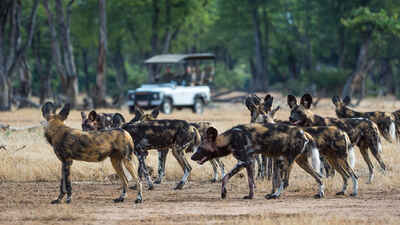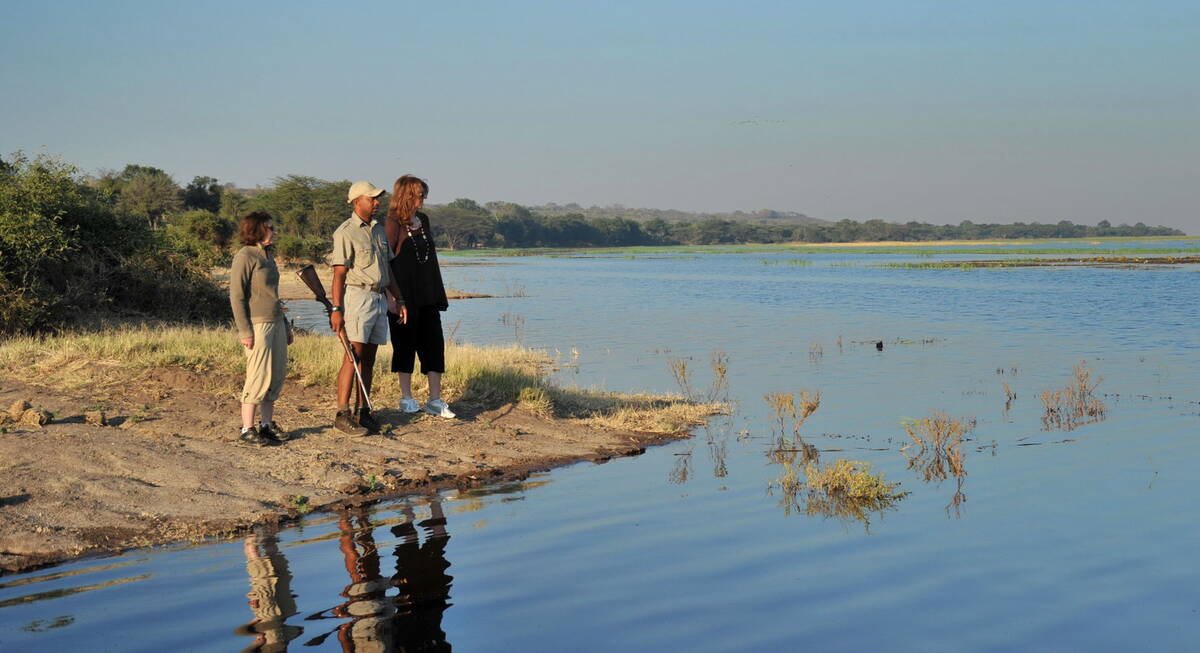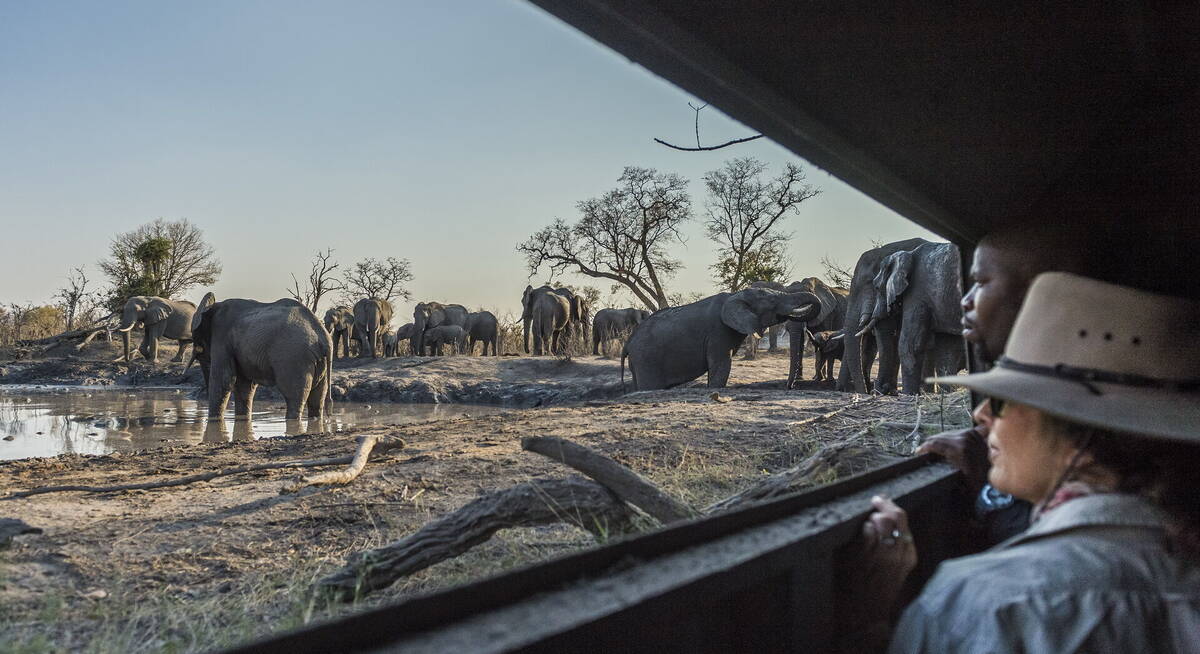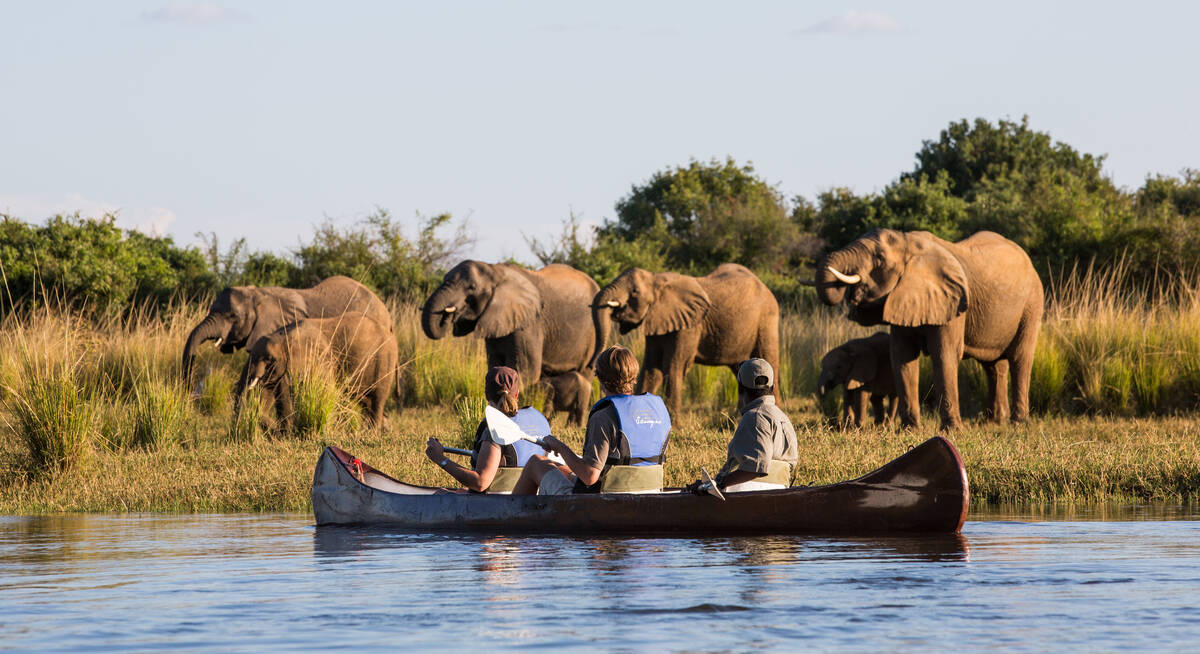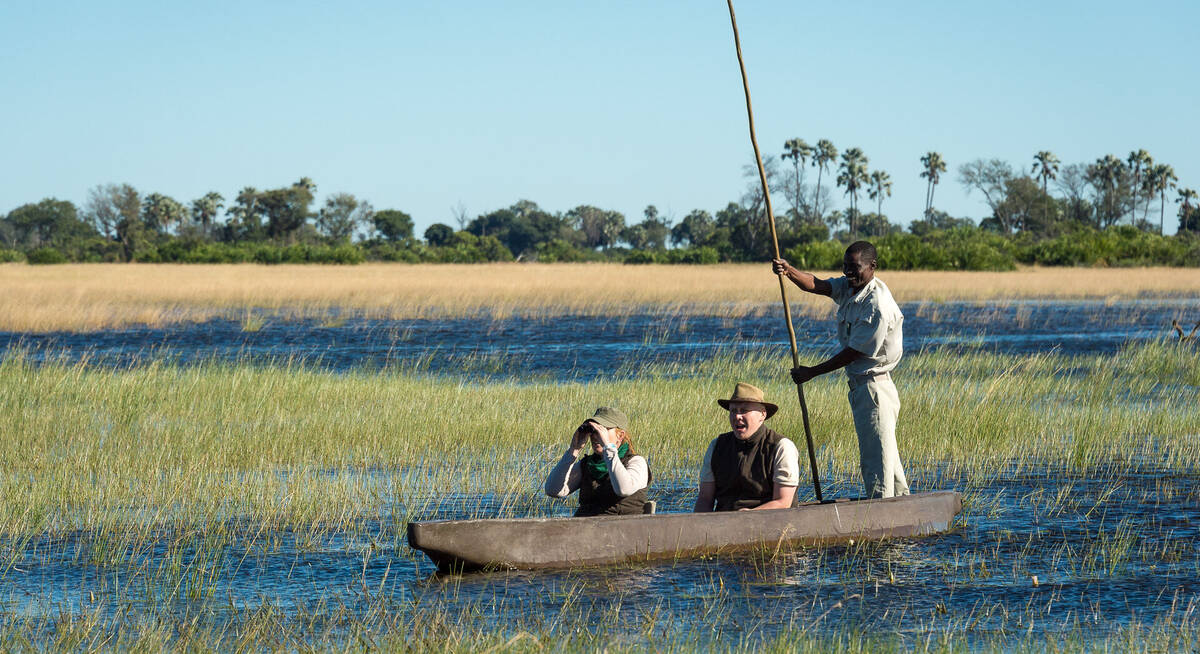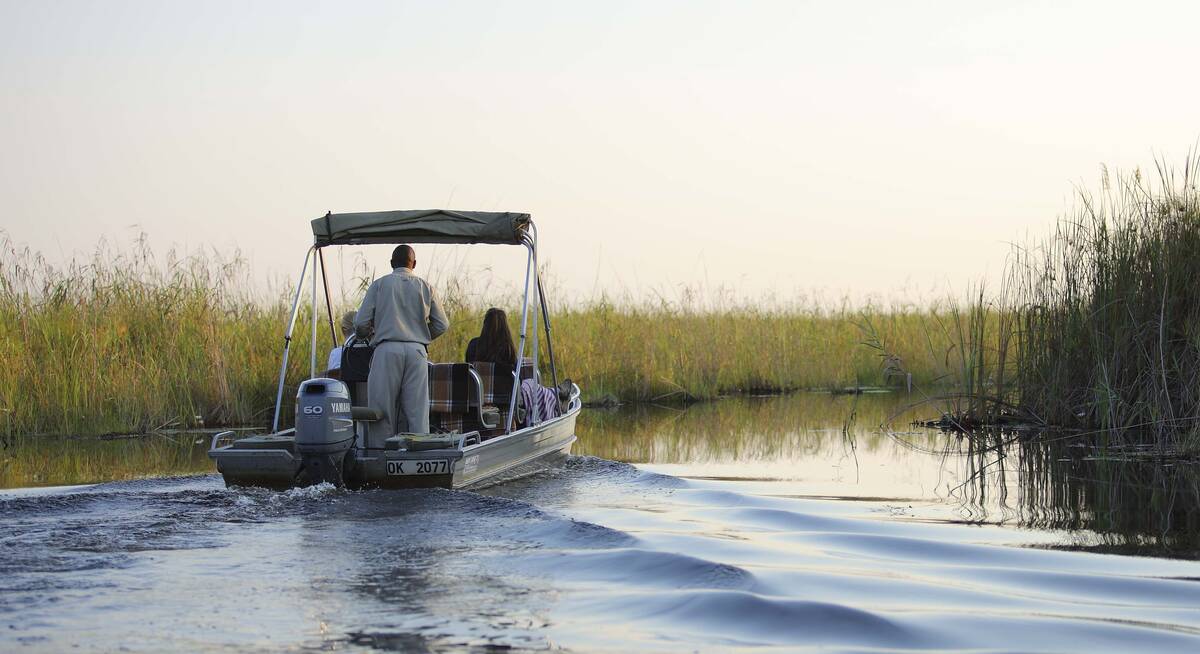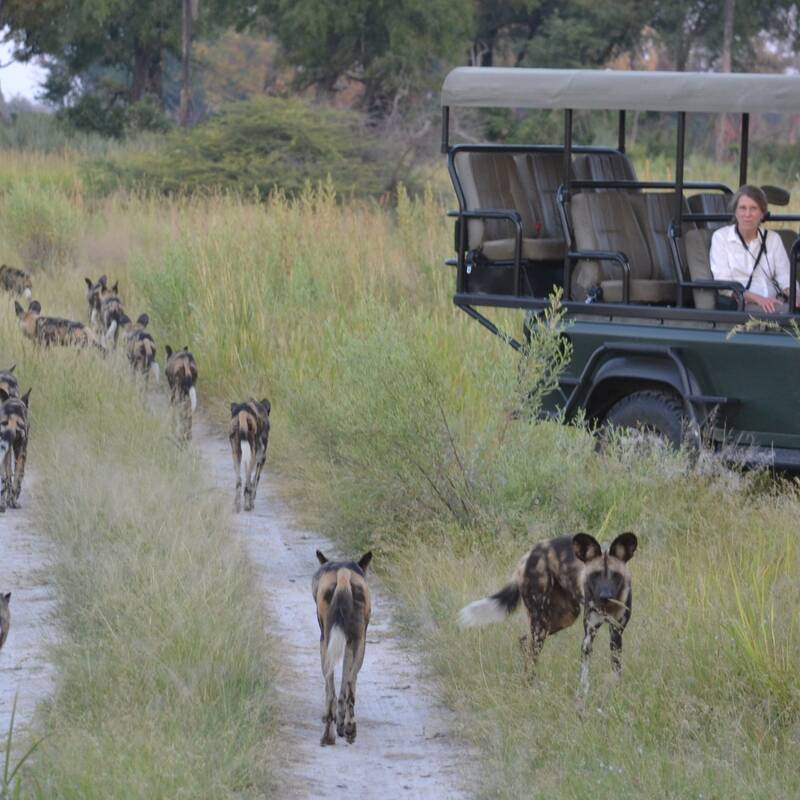Wild dogs in Africa
African wild dogs are among the continent’s most compelling animals. Much misunderstood, these rare, tie-dyed canids are amazingly efficient hunters with a fascinating social life.

Quick facts about Wild dog
| Scientific name: | Lycaon pictus | Habitat: | Savannah & woodland |
|---|---|---|---|
| IUCN status: | Endangered | Adult weight: | 20–36kg |
The African wild dog is sometimes confused with hyenas but is very different, both in appearance and lifestyle. Its patterned coat, unique to each individual, explains its alternative name of ‘painted wolf’. Other unmistakable features include a white tail tip and large Mickey-Mouse ears.
Wild dogs are built for stamina: packs hunt co-operatively, driving their prey to exhaustion and consuming it quickly. Typical targets include medium-sized antelopes such as impala.
Packs, numbering 2 to 27, centre upon a dominant breeding pair, which often raise their pups in an old aardvark burrow. Away from the den, packs are constantly on the move, covering large areas and aiming to steer clear of lions and spotted hyenas, their great competitors.
1.9–5.2kg
Daily meat consumed
±60%
Kill success rate
10
Average litter size
8–10 weeks
Pups abandon den
Africa's top camps for seeing wild dogs
Based on 1042 reports by our travellers since Mar 2018, the camps below have the best chances of sighting wild dogs. Simply follow the key below.
Best chances to see
Good chances to see
Some sightings
No sightings yet
Where to see wild dogs in Africa
African wild dogs wander widely and so are often hard to track down. If you find them, stay with them: they are typically unconcerned and you may witness a hunt.
Top tips for viewing wild dogs
African wild dogs inhabit a variety of terrain, typically with a mixture of bush and open grassland. Today they are rare – victims of persecution and canine distemper – and largely confined to a handful of major conservation areas.
Significant strongholds include the Nyerere (formerly Selous), in Tanzania, the Okavango (Botswana), Hwange (Zimbabwe), South Luangwa (Zambia) and Laikipia Plateau (Kenya), although wild dogs wander widely and may turn up unexpectedly almost anywhere. In a few locations, including Mana Pools (Zimbabwe), habituated packs allow close viewing, even on foot.
Although largely diurnal, wild dogs rest up during the heat of the day, becoming most active in the early morning and late afternoon. The alertness of prey animals, and their sudden panicking flight, is often your first clue that a pack is on the hunt nearby.
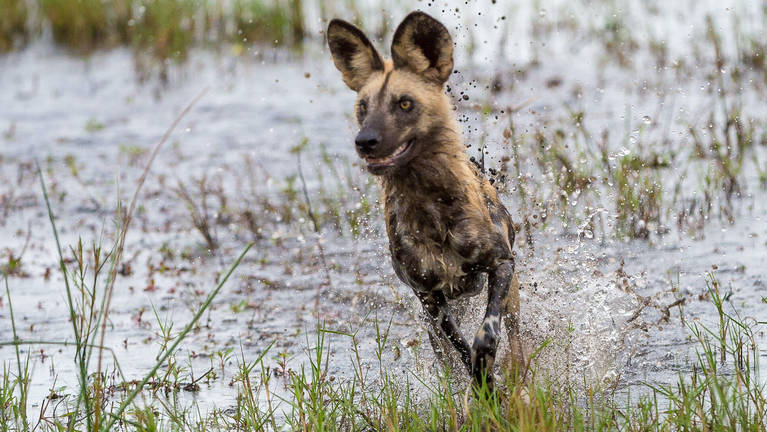
Our top safaris for observing wild dogs
Based on our travellers experiences, these are the holidays which will give you the best chances of good wild dog sightings
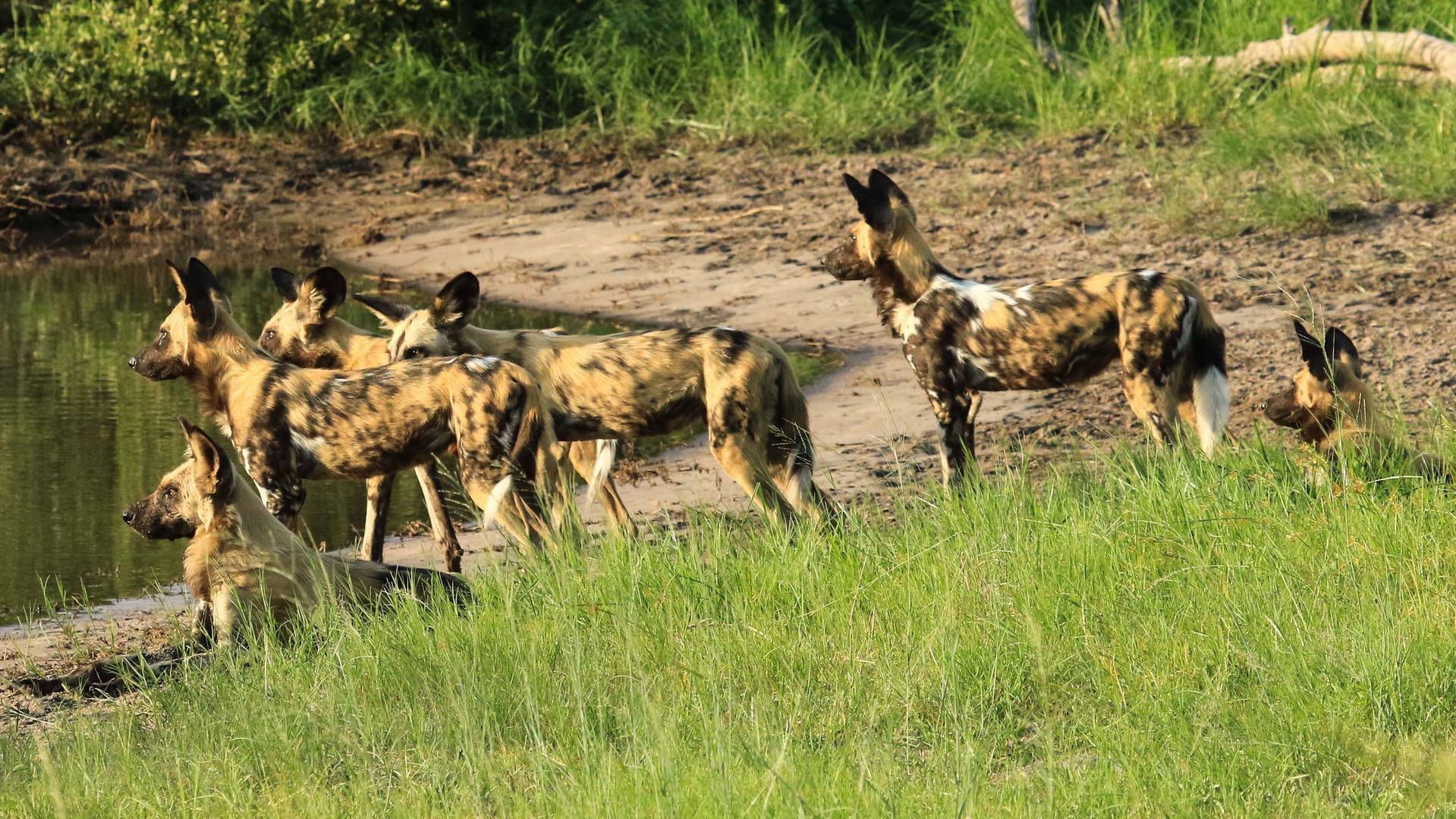
Our top destinations for wild dogs
Click below for detailed information about wild dogs in these countries, including our latest sightings data from the camps and lodges there.
